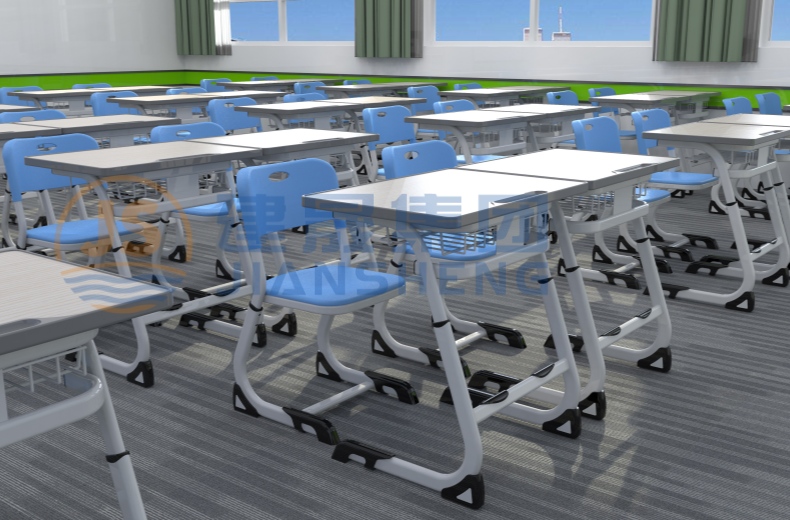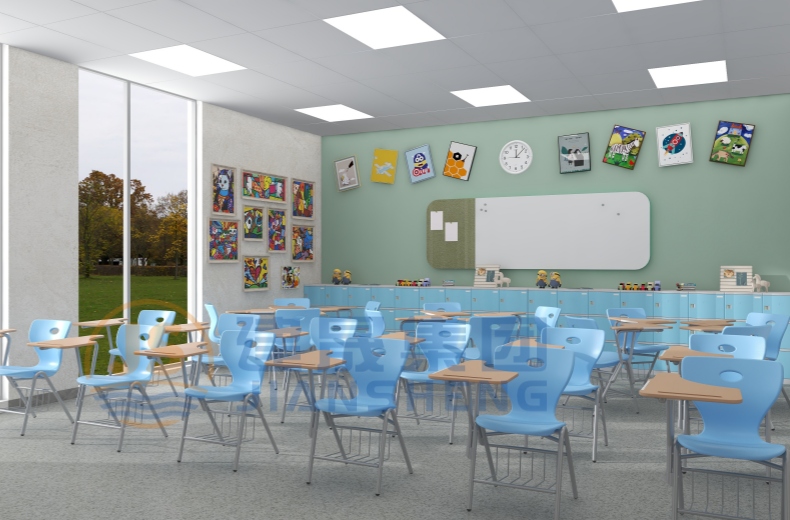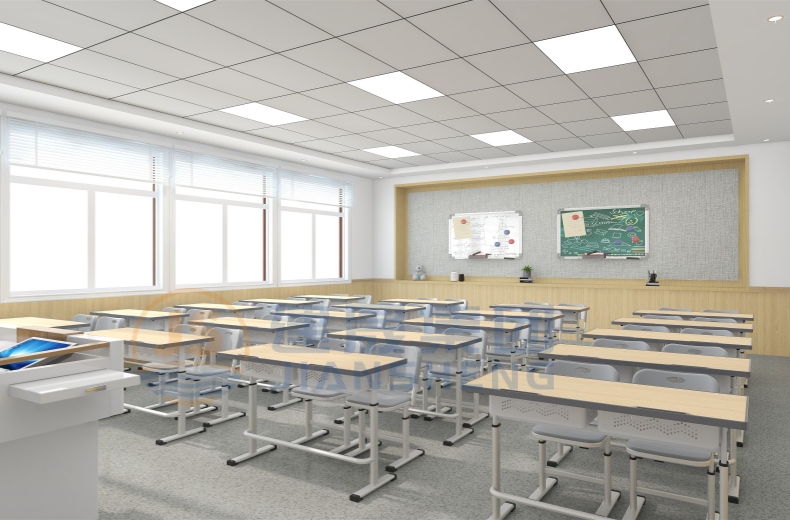- Home
- About Us
- Service
-
Solution
- Kindergarten Classroom
- Primary School Classroom
- Secondary School Classroom
- High School Classroom
- College Classroom
- Training Classroom
- Music Classroom
- Art Classroom
- Lecture Classroom
- Computer Classroom
- Library
- Principal Office
- Administration Office
- Meeting Room
- Reception Room
- Public Area
- Teachers' Office
-
Products
- Case Study
- News
- VR Designs
- Video Center
- JS Lab
- Contact Us

Navigating School Furniture: A Guide to Adjustment and Operation
2024-04-09 22:00
Navigating School Furniture: A Guide to Adjustment and Operation
School furniture serves as the backbone of learning environments, providing students with supportive and functional spaces for studying and collaborating. Understanding the adjustment and operation methods of school furniture is essential for educators and students to optimize comfort, accessibility, and productivity. In this article, we'll explore the key adjustment and operation techniques for various types of school furniture.
1. Classroom Chairs:
Classroom chairs are essential for providing students with comfortable seating during lessons and activities. The adjustment and operation methods for classroom chairs may include:

- Height Adjustment: Many classroom chairs feature height-adjustable seat legs to accommodate students of different heights. Adjust the seat height to ensure that students' feet rest flat on the floor, promoting proper posture and comfort.
- Backrest Angle Adjustment: Some classroom chairs allow for adjustment of the backrest angle to provide additional support and comfort for students during prolonged sitting.
- Swivel and Mobility: Chairs with swivel or wheeled bases provide students with flexibility and ease of movement, allowing them to turn and reach materials or interact with classmates more efficiently.
2. Classroom Desks:
Desks are essential for providing students with stable work surfaces for writing, reading, and completing assignments. The adjustment and operation methods for classroom desks may include:
- Height Adjustment: Many classroom desks feature height-adjustable legs to accommodate students of different heights and preferences. Adjust the desk height to ensure proper alignment with the student's seating position, promoting ergonomic comfort and usability.
- Storage Compartments: Some classroom desks come equipped with built-in storage compartments or trays for organizing school supplies, textbooks, and personal belongings. Encourage students to utilize these compartments effectively to maintain a neat and organized workspace.
- Desktop Angle Adjustment: Advanced classroom desks may offer the option to adjust the angle of the desktop to facilitate different learning activities, such as writing, drawing, or using electronic devices.

3. Collaboration Tables:
Collaboration tables are designed to facilitate group work, discussions, and cooperative learning activities. The adjustment and operation methods for collaboration tables may include:
- Modular Configuration: Many collaboration tables feature modular designs that allow them to be easily reconfigured to accommodate different group sizes and seating arrangements. Experiment with different table layouts to promote collaboration and engagement among students.
- Height Adjustment: Some collaboration tables offer height-adjustable legs to accommodate students of varying heights and preferences. Adjust the table height to ensure comfortable access and visibility for all participants.
- Cable Management: Collaboration tables equipped with built-in cable management systems facilitate the integration of electronic devices and technology tools, such as laptops, tablets, or projectors, into group work activities.

Understanding the adjustment and operation methods of school furniture is essential for creating comfortable, functional, and conducive learning environments for students. By mastering these techniques and incorporating best practices, educators can optimize the usability and effectiveness of school furniture to support student engagement, collaboration, and academic success.
Get the latest price? We'll respond as soon as possible(within 12 hours)







